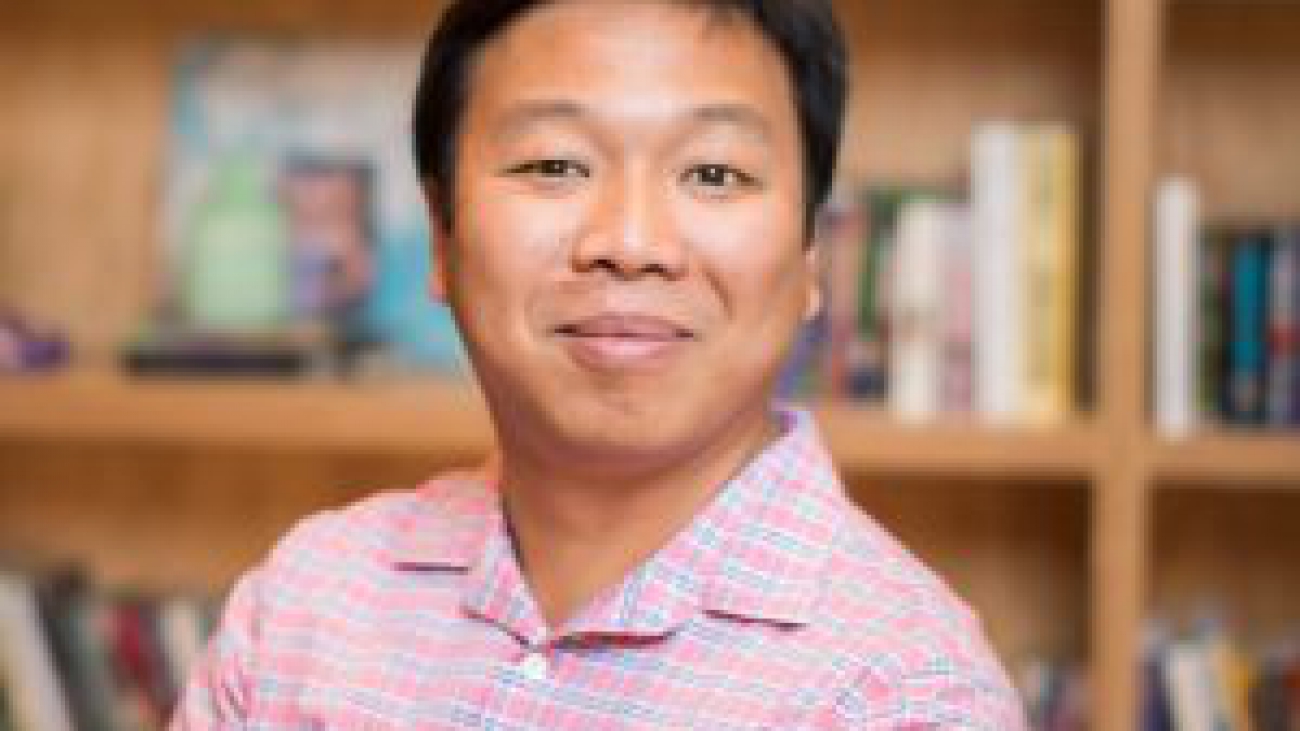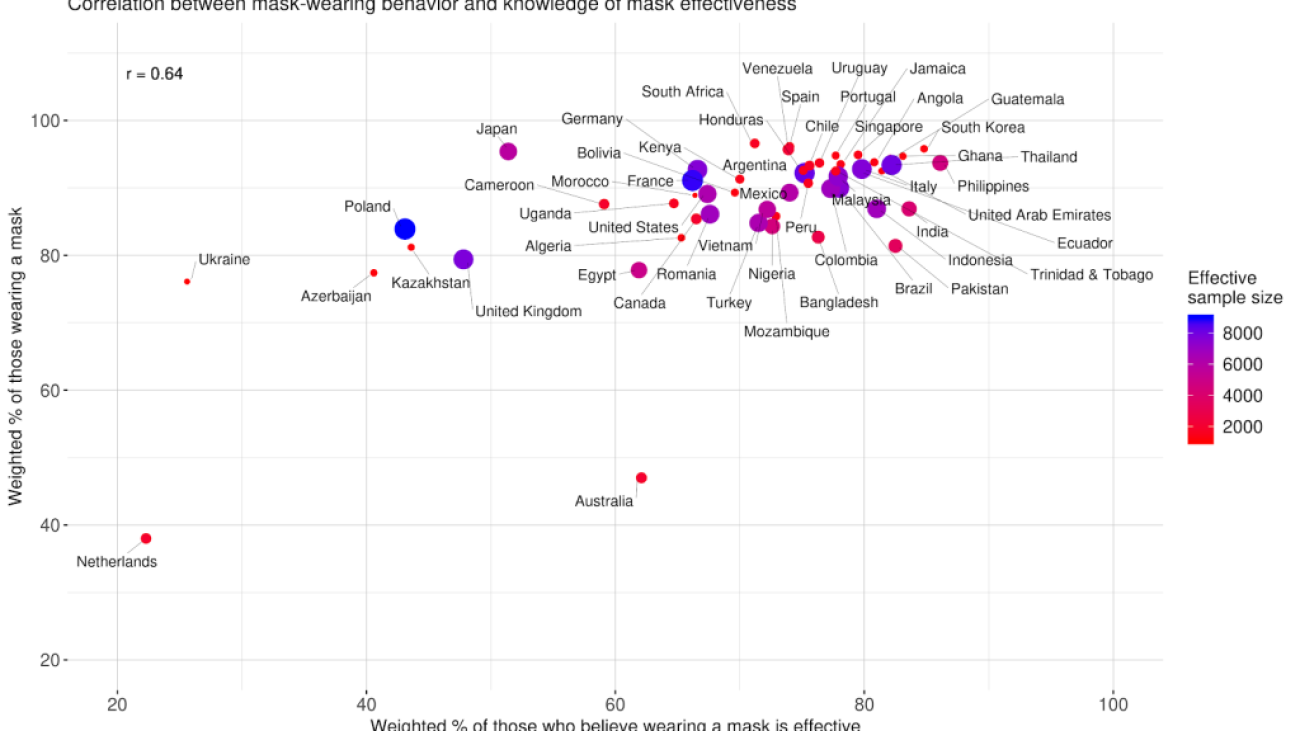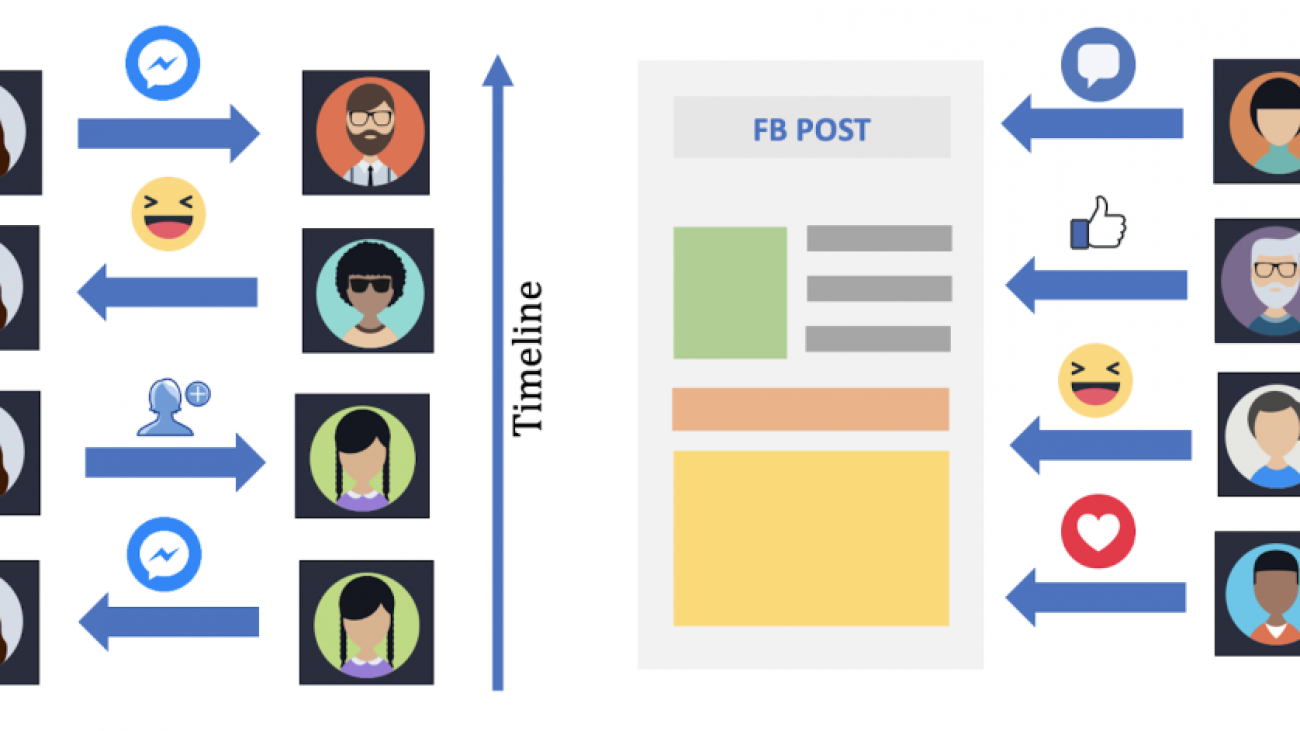Facebook Connectivity’s mission is to enable better, broader global connectivity to bring more people online to a faster internet. We collaborate with the industry, including telecom operators, community leaders, technology developers, and researchers in order to find solutions that are scalable and sustainable.
COVID-19 has shed light on the ever-increasing need for high-speed connectivity in the home. Since March, we have seen incredible increases in group calls, both in terms of volume and group sizes. People rely on a stable connection for remote learning and education, video conferencing, remote work, collaboration, and to simply connect with friends and family. Beyond the pandemic, having a reliable and fast connection plays an important role in making sure everyone in the world has access to online resources, tools, and experiences.
To learn more about Facebook Connectivity, we chatted with Julius Kusuma, Research Scientist at Facebook Connectivity. Julius came to Facebook about two years ago after spending some time working on subsurface and subsea connectivity systems. He’s worked in a number of areas in connectivity, including acoustic telemetry, electro-magnetics, and wireless — from megameter-wave and kilometer-wave to millimeter-wave systems.

In this Q&A, we ask Julius about his background, the role of millimeter-wave technology in connectivity, the importance of academic collaborations, and more.
Q: What brought you to Facebook Connectivity?
Julius Kusuma: When I first read about Facebook Connectivity, I was surprised to hear that half of the world’s population is still not connected to the internet. And for those who are, connectivity is often poor. Access to the internet has never been more important than it is today for education, work, and building global community. This speaks to me personally, as I rely on the internet to connect to my friends and family members around the world, especially now in light of the recent coronavirus pandemic.
Growing up, I was fortunate to have been able to learn about education opportunities thanks to the voiceband modem that my parents bought for me in middle school. Having access to basic email, a web browser, and newsgroups opened up the world to me. I went down countless rabbit holes learning about so many topics, and I even had to ask my parents for more data! Fortunately, having become friends with the local ISP that provided the service, they were kind enough to give me extra megabytes of data every once in a while to keep me going.
Today’s internet is much richer and more powerful than what I had access to at that time. We’d like to enable that for people everywhere.
At Facebook, I work in a small team that provides research-driven innovation to support Connectivity’s mission. My personal research spans several areas, including rural connectivity and wireless technologies. Connectivity challenges are complex and multi-dimensional, so I work with academic and industry partners with expertise in wireless communication, radio propagation modeling, electronics, algorithms, econometrics, and many others.
Q: What is millimeter-wave (mmWave) wireless technology and why is there so much interest in it within the field of connectivity?
JK: MmWave refers to radio waves in the 30–300 GHz frequency range, which corresponds to wavelengths in the 0.01–1 range mm, hence the name. This frequency band is higher than conventional bands used for wireless communication. MmWave allows for higher bandwidth, but its range is limited due to the physics of signal propagation. Therefore, we have to develop technologies to maintain good links and manage the network.
Due to its high frequency, it is possible to build very smart devices that can self-organize and self-optimize, using new technologies such as smart antennas, smart data management, and smart routing algorithms. It’s amazing to think that the mobile phone and Wi-Fi can work the way they do today. They have benefited from significant technology development over decades. With mmWave, we can provide another order of magnitude in performance gains, and to do so, we need to continue developing the right technologies to unleash the potential of mmWave, including tools for network planning and management.
We think mmWave plays an important role in connectivity because it allows for us to deploy a high-speed wireless link quickly and inexpensively, by using mmWave to build a self-organizing, self-optimizing network. Therefore, it can solve the “last mile problem” — the last connection to your home or premise.
Q: What is Facebook doing in mmWave technology development?
JK: One major project we are working on is Terragraph. It is a gigabit wireless technology that operates on 60 GHz unlicensed frequency band and delivers fiber-like speeds over the air in areas where trenching new fiber cables may be difficult or cost-prohibitive.
In many parts of the world, fiber access to consumers is cost-prohibitive and slow to deploy due to many factors, including permitting, trenching, and lack of access. Terragraph can be a better alternative to provide fiber-like speeds at a significantly lower cost. It’s also much faster to deploy and can be brought to market in a matter of weeks. To help evaluate Terragraph as a solution for high-speed fixed broadband connectivity and public Wi-Fi, YTL Communications conducted a large-scale trial in George Town, Malaysia, using the technology to connect businesses and offices that had only copper/DSL connections formerly.

As an emerging technology, there are many opportunities for exploration and research and development in mmWave. In our work, we engage closely with the research community through several channels.
First, along with Deutsche Telekom, we created and led the V-band mmWave Channel Sounder program in the Telecom Infra Project (TIP). Second, we are supporting research efforts such as the National Science Foundation’s Platforms for Advanced Wireless Research (PAWR). Third, we have direct research collaborations with a number of universities.
Q: What is the Telecom Infra Project?
JK: Founded by Deutsche Telekom, Intel, Facebook, Nokia, and SK Telecom in 2016, TIP is a global community of companies and organizations that are driving infrastructure solutions to advance global connectivity. Lack of flexibility in the current telecom infrastructure solutions makes it challenging for operators to efficiently build and upgrade networks in a scalable and sustainable way. Therefore, to succeed in Facebook’s mission, we need to help develop a strong ecosystem of researchers, engineering companies, product developers, telecom operators, and service providers. We see TIP as the vehicle to accelerate the telecom industry. Naturally, technology is at the heart of this endeavor.
As a research scientist, I am excited by the open and collaborative nature of TIP. This is exemplified in the recently completed mmWave Channel Sounder program. We wanted to empower the research community to do experimentation and exploration, so we invited applicants to submit proposals describing the experiments that could be done to characterize the mmWave radio channel. Awardees were then given mmWave channel sounder kits. Academic groups also received financial grants to assist in offsetting costs associated with performing the channel measurements.
This program supports the overall goals of the mmWave Networks Project Group to help facilitate the deployment of high-speed applications, such as Fixed Wireless Access, Smart City Connectivity, and Small Cell Backhaul with a focus on 60 GHz spectrum and 802.11ad/802.11ay technologies for outdoor transmission at street-level.
We recently published the findings as a report. Contributors to the report demonstrated mmWave performance in a wide range of use-cases and scenarios including indoor office spaces, urban canyons, suburban areas, and agricultural settings. The report also contains links to the data sets where available, hosted by the National Institute of Standards and Technology.
Q: Why are research collaborations important for Facebook Connectivity’s mission?
JK: Connectivity’s challenges are complex, vast, and diverse. We need the brightest minds to help us not only develop solutions, but also to better understand the problems, identify the opportunities, and build specialized solutions. This means that we need continuing investment in research and development to push the envelope further and further.
Therefore, we seek to complement and extend offerings from existing providers, community leaders, technology developers, and researchers. Open source and open innovations are key elements that empower collaborations. Speaking more personally, I work with a number of university and industry research groups, and a good example is the aforementioned Platform for Advanced Wireless Research, funded by the National Science Foundation (NSF).
PAWR is a research consortium that allows industry and academic collaborators to use research platforms to conduct experiments, build prototypes, and show demonstrations in an open, accessible way. This will accelerate the pathways from research to impact, so that fundamental research can quickly get to the field, benefit from testing, and be validated. This allows us to do experiments in realistic settings, which is very valuable and important. Access to such platforms allow us not only to prove the technology, but also to develop end-to-end workflows from planning to deployment to maintenance — to make sure it performs well, can provide reliable connectivity, and is sustainable.
Facebook Connectivity is a member of this consortium and we provide technologies, equipment, and expertise.
Q: How can the research community get involved?
JK: Development of solutions within TIP takes place in project groups, focusing on three strategic networks areas that collectively make up an end-to-end network: Access, Transport, and Core and Services. By dividing a network into these areas, TIP members can best identify areas in need of innovation and work together to build the right products. These project groups run research efforts and research projects, including grants programs.
Researchers are encouraged to join project groups in their areas of expertise, and get in touch with project group leads for more information. We will also be updating the Facebook Research and TIP websites for collaboration opportunities.
We are excited about the work done in the mmWave Channel Sounder program. Those interested in learning more can have a look at the report. We also have a number of publications showcasing our work in connectivity made available on our website. To learn about Facebook’s broader efforts in Connectivity, visit connectivity.fb.com.
To learn more about PAWR, check out their website.
Collaborative research is important to us, and from time to time we host events. For example, last year we hosted a Rural Connectivity Research Workshop on Facebook’s campus. Another avenue for academic researchers to engage with industry is through the TIP Summit. Finally, startups and early-stage technology developers should look at our new Facebook Accelerator program.
The post Accelerating mmWave wireless research: How collaborations help us connect the unconnected appeared first on Facebook Research.








